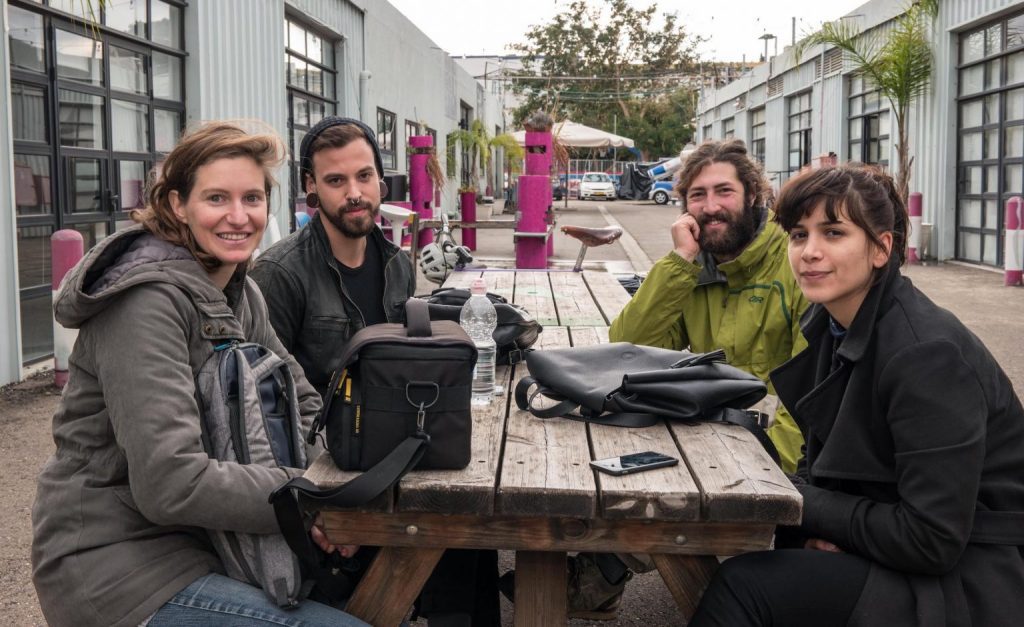Ivan Schwebel
Ivan Schwebel
Ivan Schwebel was an American-born Israeli artist who blended modern and ancient Jewish imagery and American cultural icons in his art. He was born in West Virginia in 1932. He joined the US army during the Korean War, and when the war ended, was sent to Japan by the army with the amorphous title of “information officer.” It was there that he began painting, taught by a Zen master-painter in Kyoto, Kimura Kyoen. The Japanese influence can be seen in his landscape paintings and in his dramatic compositions.
When he returned to New York he intended to study painting at New York University on a scholarship from the US Army. A meeting there with the American painter Philip Guston convinced him not to study further: Guston said it could “waste” him. He studied art history instead and painted at night. After finishing his bachelor of arts he went to the Institute of Fine Arts for three years. He quit before getting his masters.
Ivan Schwebel then traveled in Europe awhile before moving to Israel in 1963. He found a stone house in the hills of Ein Karem, a village on the fringe of Jerusalem, where he lived for the rest of his life – adding on rooms as his family grew.
Ivan Schwebel’s paintings are set in the urban environments of modern Jerusalem, Tel Aviv and New York, working from photographs, and often including biblical and Jewish legendary figures, such as King David, Job and the Matronita. In Schwebel’s best work, the paint speaks for itself: the pools and explosions of rich color, achieved with pigment that he would grind and mix himself, the luminous figures emerging out of dark shadows, the quirky, dramatic compositions.
Israel did not embrace Schwebel as an artist. He was committed to his art and produced a huge body of work, which related to Israel, past and present, to Jewish themes and Jewish history. In terms of originality and skill, he was one of the best painters working in the country. But his intrinsically romantic approach to painting was increasingly out of kilter with the rather tough, pragmatic local art scene; his work was different not only because of the lovers and flowers that often appear in the work or the dreamy narratives, but also because of his emotional style of working.
Schwebel was renowned for fusing images from different time periods in his paintings. He famously depicted biblical figures, such as King David and Job, in urban Israeli environments, such as Zion Square and modern Jerusalem. His works about the Holocaust combine different vignettes of Jewish history – the Spanish Expulsion, the ghettos and the Tel Aviv and Jerusalem skylines. Colorful and expressive, his pieces have been interpreted as commentaries on Israeli society and politics, and they have been exhibited in the Israel Museum and in museums and galleries throughout Israel and the US.
He had major shows over the years – at the Israel Museum, Tefen, and at the Ramat Gan Museum; his work had been exhibited at the Tel Aviv Museum and is represented in their collection.
Ivan Schwebel died on July 13th, 2011 in Israel.

